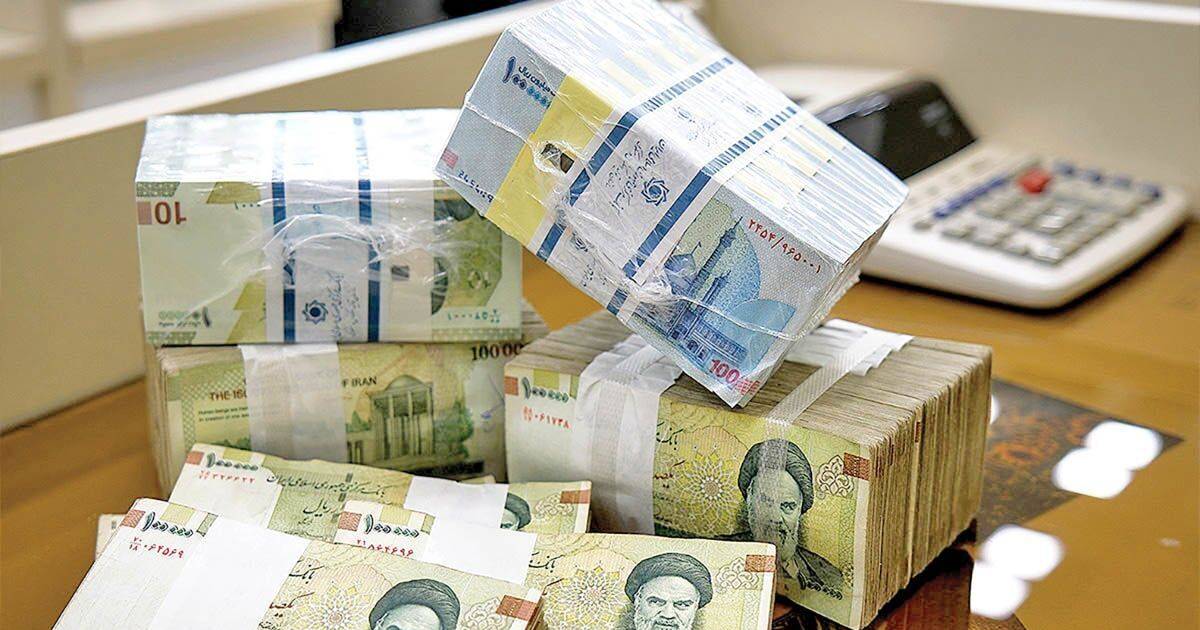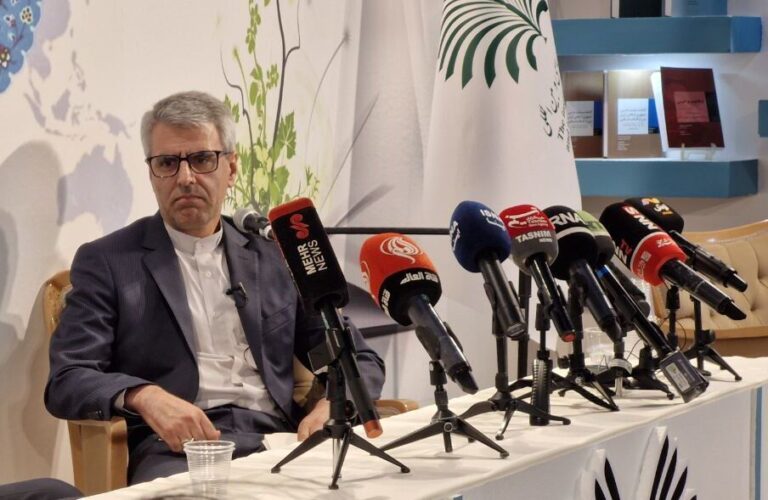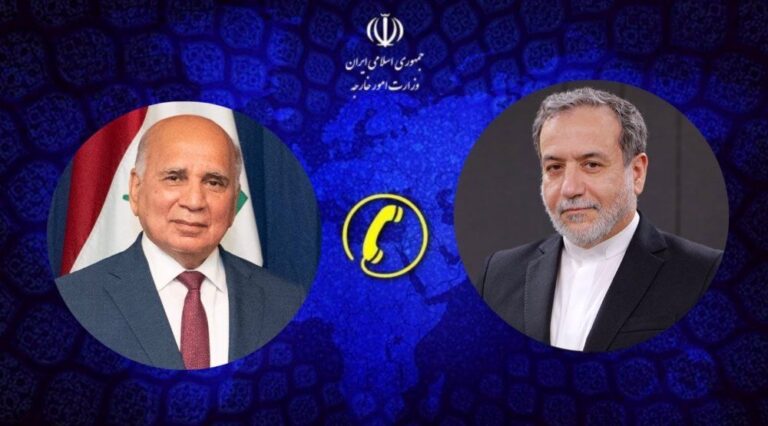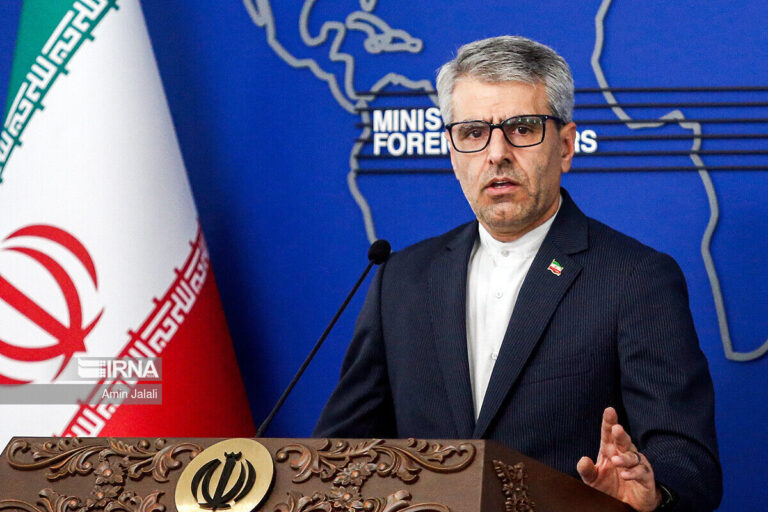Iran Plans Bold Currency Revamp: Four Zeros to be Cut by 2025, Announces Chief Banker
Iran is set to implement a significant currency redenomination in 2023, according to Central Bank Governor Mohammad Reza Farzin. This strategic move aims to simplify transactions by removing four zeros from the national currency, the rial, and replacing it with the toman. This initiative, first proposed in 2019 and approved by parliament in 2020, marks a pivotal step in Iran’s economic reform efforts.
During an annual monetary and foreign exchange policy conference held in Tehran, Farzin stated, “This year, we will definitely pursue the removal of zeros.” He also highlighted that similar measures have been successfully executed in approximately 70 countries, including Russia, Turkey, and Germany, when implemented at the right time.
The new currency framework will establish that one toman is equivalent to 10,000 rials. This change aligns the official currency system with the informal practices already adopted by many Iranians, who have largely transitioned away from using the rial in their daily financial transactions.
Farzin emphasized that this redenomination plan is part of broader reforms in Iran’s banking system, following the passage of new legislation earlier this year. He declared, “This is a year of transformation.” The country is shifting from an outdated banking model to a new one, supported by a series of recently approved laws and regulations.
However, this move comes amid ongoing economic challenges. Iran has faced an inflation rate exceeding 40% in recent years, and the national currency has depreciated by over 95% in value since the 1979 revolution. A 10,000-rial note, once valued at around $150, is now worth less than 10 US cents.
Critics caution that the removal of zeros from the currency may only serve as a superficial fix unless the fundamental economic challenges are addressed. Economist Jamshid Assadi remarked, “The problem is not the four zeros, but the persistent inflation and monetary mismanagement.” He underscored the need for reforms in central bank independence, fiscal discipline, and financial transparency to ensure the redenomination yields lasting benefits.
Historical precedents from nations like Zimbabwe, Venezuela, and Argentina demonstrate that merely redenominating currency often fails to stabilize economies without implementing deeper structural reforms. In contrast, countries such as Turkey and Germany achieved success only after executing comprehensive fiscal and institutional changes.
During the same conference, Iran’s caretaker Economy Minister Rahmatollah Akrami echoed these concerns, noting that limited independence of the Central Bank, vague inflation-targeting frameworks, and a lack of transparency have all contributed to Iran’s persistent macroeconomic instability. He stated, “The effectiveness of monetary policy tools is limited in the absence of institutional strength.” Akrami called for a redefinition of the Central Bank’s role within Iran’s economic governance.
The rollout of the new currency will occur over several years, during which both the rial and the toman will co-circulate. The Central Bank will manage the withdrawal of rial notes and coins, replacing them with the new toman units.
While there may be a psychological benefit to dealing with smaller numbers, analysts caution that unless deeper issues—such as rising liquidity, declining purchasing power, and a weakening private sector—are addressed, the advantages of redenomination may be limited. As global sanctions persist, affecting both Iran’s nuclear program and its human rights record, the economy is currently experiencing one of its worst crises since the establishment of the Islamic Republic. Over a third of the population is living below the poverty line, with unemployment rates causing significant distress among citizens.
Reflecting on these challenges, Iran’s Jahan-e Sanat daily posed a critical question back in 2019 when the redenomination plan was first introduced: “The real question is whether this is meaningful reform—or just another economic shock dressed up as policy.”
In conclusion, while the planned redenomination of Iran’s currency marks a significant step towards reforming the economy, it remains crucial for the government to address underlying economic issues to ensure the success of this initiative. The effectiveness of these changes will depend on comprehensive reforms that instill confidence in the financial system and improve the overall economic landscape for the Iranian populace.






